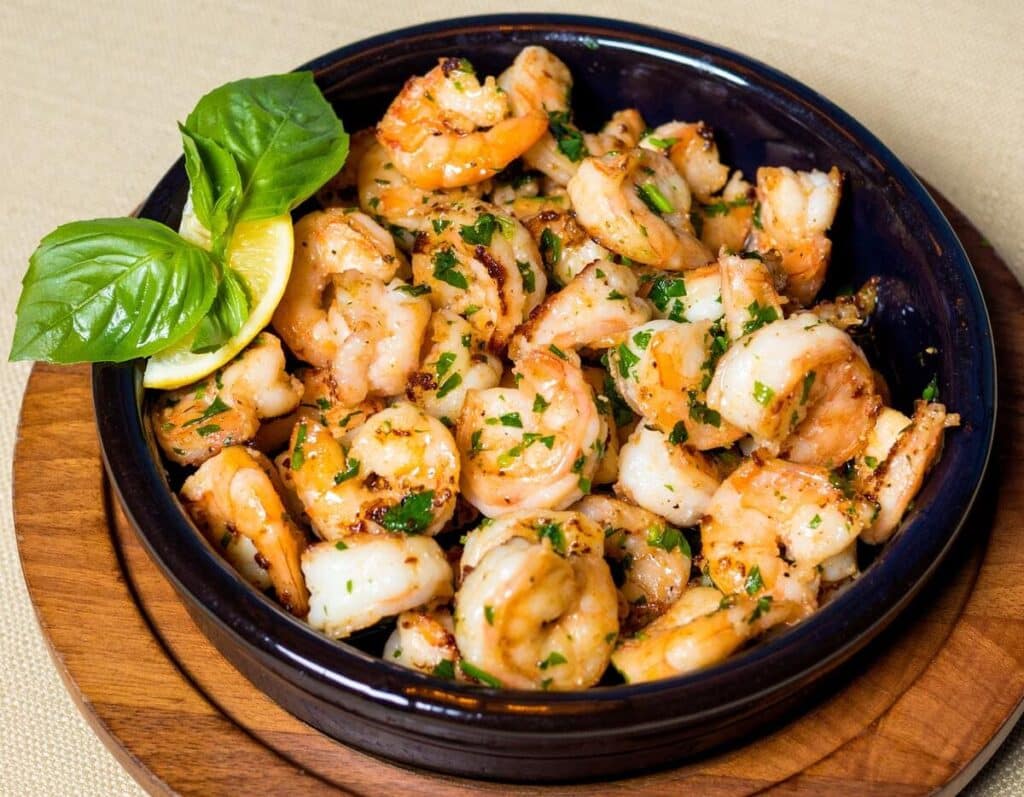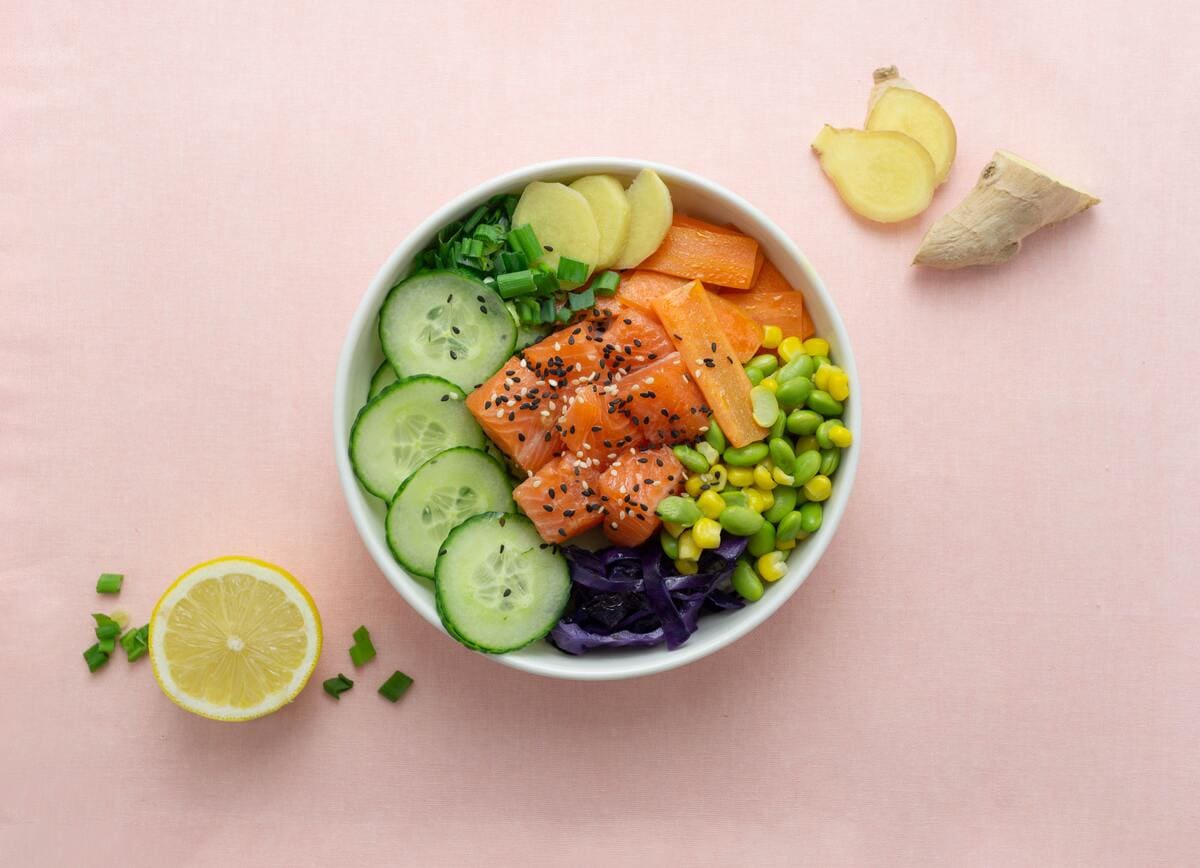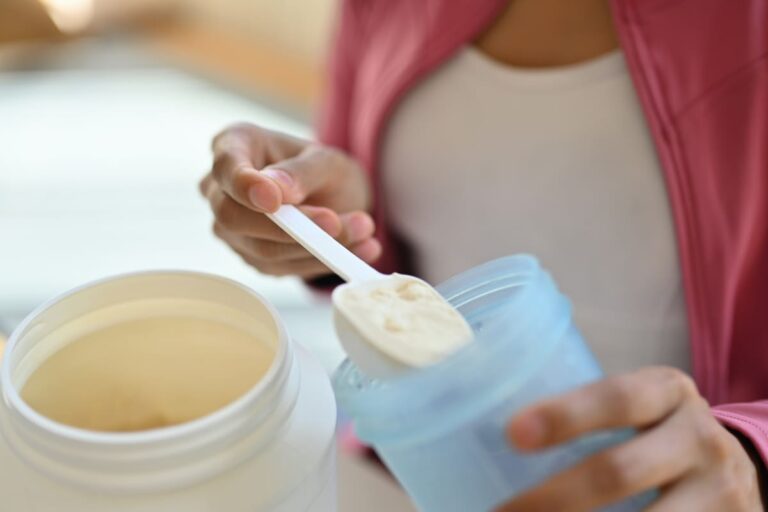Regularly eating fish and seafood has several health benefits. However, there is a concern with mercury consumption during pregnancy, while breastfeeding, and for young children.
Fish should not be avoided because of their mercury content, but there are guidelines to help you understand how much and what types of fish are best to eat to protect yourself and your family from consuming too much mercury.
Fish is a heart-healthy food because of the omega-3 fatty acids. These nutrients help improve blood flow, lessen inflammation, and decrease the chance of a blood clot. A heart-healthy diet helps reduce the possibility of a heart attack and heart disease.
You can purchase term life insurance even with precursors to a heart attack. However, it will be more expensive, and the rates depend on the severity of your medical condition. You should compare life insurance rates online or meet with an insurance agent to find the best coverage and most affordable rates.
We’ll discuss the benefits and cautions of eating fish while pregnant, the health benefits of fish, and how this can affect insurance rates and coverage.
In This Article
What to Eat During Pregnancy
A balanced and varied diet is the best bet for a healthy pregnancy and a healthy baby. A varied diet includes fruits, vegetables, whole grains, low-fat dairy, and lean protein. Eating various foods can boost heart health and give you the energy you need during pregnancy.
Eating a heart-healthy diet with a variety of different foods from all food groups is also one of the best ways to prevent or manage severe health conditions. Fish and seafood are some of the main foods known for their good impact on heart health.
The Benefits of Fish
Fish and seafood have many essential nutrients that boost good health. They have protein, omega-3 fatty acids, omega-6 fatty acids, vitamin B12, vitamin D, iron, zinc, selenium, iodine, and choline. These nutrients in fish and seafood are known to boost the baby’s brain and cognitive development.
One of the most significant benefits of eating fish and seafood comes from the omega-3 fatty acids and omega-6 fatty acids in these foods. Omega-3s and omega-6s are unsaturated fatty acids that have important roles for the brain, heart, blood vessels, and joints.
These fatty acids decrease inflammation in the body and help improve blood flow. Omega-3 fatty acids also help with the baby’s retina development during pregnancy.
Fish and seafood are also good sources of protein. Protein is essential for building and repairing the body and for the structure of the body. The continuous fetal growth and development during pregnancy also make protein vital.
The primary vitamins in fish and seafood are vitamin B12 and vitamin D. Vitamin B12 is needed for nerve cell and red blood cell development. Vitamin D is important for bone mass and immunity.
Fish also contains minerals such as iron, zinc, selenium, and iodine. Iron and zinc are helpful for red blood cell development and brain development during pregnancy. They also support a healthy immune system in babies, toddlers, and young children.
Selenium is an antioxidant that helps protect the cells of the body. Iodine is also crucial for brain development during pregnancy.
Choline is a vitamin-like substance that has important roles during pregnancy and for children. It helps support healthy cell division and brain development in children as well as the development of the spinal cord in a baby during pregnancy.

The Concerns About Fish
The main concern with eating fish and seafood is mercury. Mercury is a toxin that can accumulate in humans and animals. It accumulates in fish as they eat smaller fish and live longer.
However, fish should not be avoided simply because of the concern with mercury. The many health benefits of fish make it an important addition to the diet of Americans.
In fact, the Food and Drug Administration (FDA) and the Environmental Protection Agency (EPA) have issued guidelines for safe fish consumption during pregnancy, breastfeeding, and for young children.
The other concern is about raw fish and sushi. Raw fish is more likely to be contaminated with bacteria or pathogens that may cause foodborne illness.
Foodborne illness can adversely affect the mother and baby and cause miscarriage or stillbirth in serious cases. But keep in mind that sushi can be consumed if the fish has been cooked according to the guidelines for the type of fish in the sushi.
What about breastfeeding?
Mothers should continue to eat a nutritious diet while breastfeeding. Breastfeeding women should follow the same fish and seafood consumption guidelines as they did while pregnant.
The baby could be exposed to toxins while breastfeeding that the mother consumed in her diet, so staying vigilant about your diet is important.
How much fish should be consumed?
The recommendation for adults who are not pregnant or breastfeeding is to consume at least two servings of fish or seafood each week. One serving is four ounces (about the size of your palm) which totals a minimum of 8 ounces of fish weekly.
There are no restrictions on the type of fish to eat, but a variety of fish is recommended.
Pregnant or breastfeeding women should consume 8 to 12 ounces of fish or seafood weekly from those lower in mercury. The FDA and EPA divide fish and seafood into three categories based on their mercury content. There are best choices, good choices, and fish to avoid.
It is safe for pregnant or breastfeeding women to consume 8 to 12 ounces (two to three servings) of fish from the best choices category each week or 4 ounces (one serving) from the good choices category each week.
There are various types of fish and seafood in the best choices category. It is safe to consume 8 to 12 ounces weekly from this group because they are the lowest in mercury.
Fish from the best choices category include:
- Anchovy
- Cod
- Crab
- Flounder
- Lobster
- Oyster
- Salmon
- Sardine
- Shrimp
- Tilapia
- Canned light or skipjack tuna
The good choices group is higher in mercury than the best choice group, so you can consume four ounces from this group each week instead of eating fish from the best choices category.
Fish from the good choices group include:
- Grouper
- Halibut
- Mahi-mahi
- Snapper
- Albacore/white tuna (fresh, frozen, or canned)
- Yellowfin tuna
Examples of fish to avoid include swordfish, shark, king mackerel, and orange roughy. These fish have the highest levels of mercury and are best to be avoided by women who are pregnant, women who are breastfeeding, and young children.
If you are eating fish caught locally by friends or family, follow the local fish advisories for those types of fish regarding mercury or other contaminants. If there is no advisory, eat only one serving and no other fish that week.
Tuna is a common, inexpensive, and convenient fish option. Canned light or skipjack tuna is lower in mercury and included in the best choices category, which means you can have up to 12 ounces a week.
Albacore/white tuna is higher in mercury than canned light tuna and is included in the good choices category. Albacore/white tuna has about three times as much mercury as canned light tuna, so you should not exceed 4 ounces weekly.
Feeding Young Children Fish and Seafood
Children between the ages of 1 and 11 can safely consume fish following the FDA and EPA guidelines. They can eat two servings of fish from the best choices category weekly.
The serving size varies by age and includes: .
- One ounce for ages 1 to 3
- Two ounces for ages 4 to 7
- Three ounces for ages 8 to 10
- Four ounces for ages 11 and up
Life Insurance and Health
Life insurance is necessary to protect your family’s finances and provide for end-of-life expenses if something happens to you. Life insurance rates are based on age, gender, medical history, health status, and occupation.
The best time to get life insurance is when you are young and healthy because rates will be the lowest.
Taking Care of Yourself During Pregnancy
It’s important for pregnant women to understand what foods to avoid, eliminate, or moderate during pregnancy and while breastfeeding.
Fish and seafood do not have to be avoided, but women should use caution and follow food safety guidelines while consuming these foods. It is also important to moderate seafood consumption in young children to be safe.











